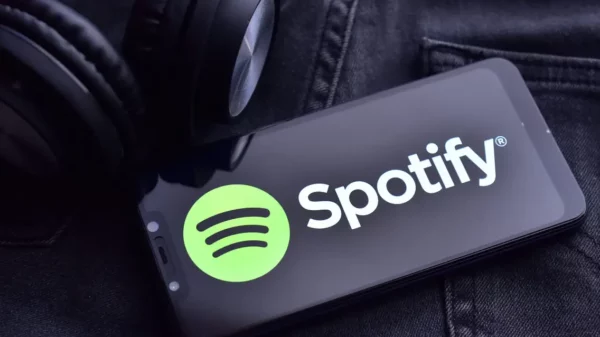Putting all speculation to rest, Apple has finally arrived with its music streaming service – Apple Music. In an already crowded market, Apple’s entry is quite late. To compensate its late move, Apple will offer on-demand music library and human-curated internet radio and playlists at US$10 (or US$15 for a family plan) per month from June 30.
So, how different is Apple’s service from the remaining players? These are a few features on which Apple’s music-on-demand service is hinged:
- My Music: A music library of more than 30 million songs to be streamed, purchased, or ripped.
- For You: A recommendation tool that serves up songs and artistes based on a user’s chosen genres.
- Beats 1: A live radio station anchored by well-known DJs from New York, Los Angeles, and London, and to be broadcasted over 100 countries throughout the day.
- Connect: This social feature will let artistes connect directly with fans by sharing updates, lyrics, and news songs straight from their phones to those of their fans.
- New: A tab that will recommend newly-released music.
Features & Subscription Rates: Keys which Play in the Listener’s Mind
Though a new player in the music subscription market, Apple seems to have done its homework well. When the technology giant acquired Beats Music in 2014, it had made its intentions clear. However, the music subscription market will not be easy for Apple, with newly added features and competitive subscription rates offered by the established players to lure users. Some of the already-established names in the market are:
- Spotify: The Sweden-based music streaming company has recently introduced a unique feature that matches songs to the tempo of user’s running, so that the user can run to the beat of the song. Its premium music streaming account costs US$9.99 per month. In its latest funding round, Spotify has received funding worth US$526 million and is one of the most popular players in the music steaming market.
- Pandora Radio: It has been one of the earliest music apps since 2000, with around 250 million registered users. It started as an online radio which played music based on a desired genre or artist. In terms of music discovery, Pandora has been a favorite among users with its membership fee at just US$4.99 per month.
- Tidal: It is backed by celebrity musician Jay Z and has also garnered the support of other famous musicians such as Madonna, Rihanna, Kanye West, and Calvin Harris who are equity partners in the service. Apart from the likely contribution of exclusive content by the celebrity musicians, the service has added features such as Audio Search, which helps in recognizing songs using the microphone. Its monthly subscription comes at US$19.99.
- Google Play Music: Offering more than 20 million soundtracks, Google Play Music offers features similar to other music streaming services, at US$9.99 per month.
- Rdio: The music streaming service has recently introduced a number of new features such as letting the user tweet at the artiste’s verified Twitter account directly while tweeting a particular track, and offering 20 stations of handpicked songs by record labels such as Mute, Domino, and Warner Nashvill. Rdio has announced a low-cost subscription program called Rdio Select at US$3.99 per month.
Also, apart from the big western players in the market, Apple will face competition in the east from newly launched music streaming services such as Awa and Line Music. Chat application Line, has recently launched Line Music in Japan which offers streaming of 1.5 million music tracks at US$8.
It is not Music, It is User Experience
One interesting thing is common to all these music streaming services. It is not the offering of actual music that is differentiating these players. All of them nearly offer the same music. However, it is the user experience that is to be banked upon to gain the market. Apple dominates the smartphones market with its iPhone which offers enhanced user experience. Only time will tell if Apple does the same in the music streaming industry.
Pushpanjali Roy is a writer with interest in technology and media domain. She closely follows the latest trends defining the technology sector, with a focus on current apps and features introduced by technology companies.























































































































































































